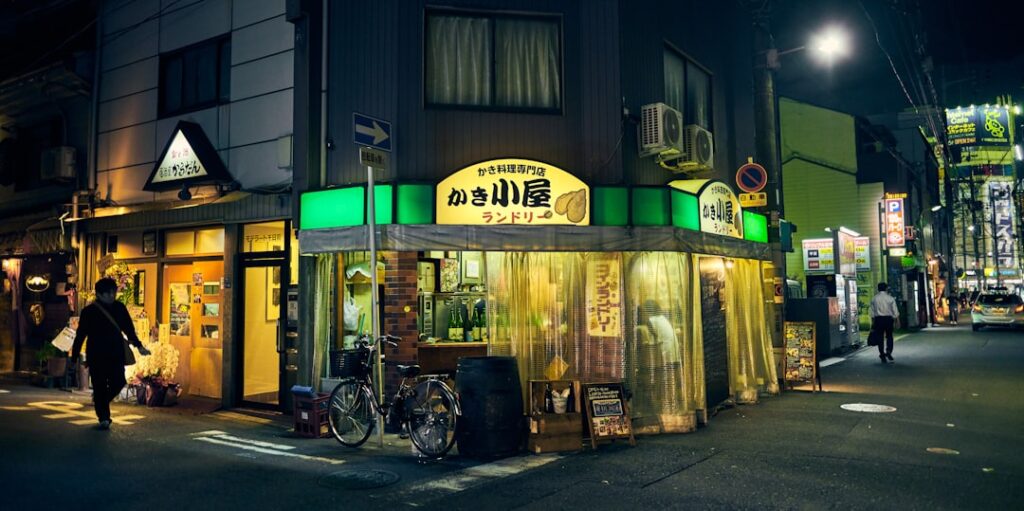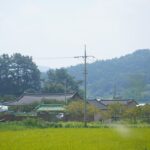Do you crave a taste of authentic, old-school Tokyo—a journey back in time to a city pulsing with Showa-era nostalgia, quirky café culture, and hidden local delights? Tokyo’s retro “kissaten” (classic coffee shops) are experiencing a fascinating revival in 2025, becoming sought-after escapes for locals and adventurous travelers alike. Let’s embark on an urban exploration through the winding backstreets, where cherished cafés patiently wait to reveal their stories, flavors, and unique ambiance. Whether you’re a coffee connoisseur, a design enthusiast, or a lover of Japanese culture, this deep dive into Tokyo’s hidden kissaten scene will leave you longing for a perfectly brewed cup in a timeless setting.
What Is a Kissaten? The Showa-Era Ambience and Cultural Roots
Kissaten (喫茶店) are vintage Japanese coffee houses that first flourished from the 1920s through the 1980s, especially during the Showa era (1926–1989). Unlike modern cafés, kissaten are cozy hideaways, often dimly lit, brimming with plush seats, wood-paneled walls, jazz or classical music, and a slightly mysterious air. Originally, they were quiet sanctuaries for artists, students, writers, and office workers to relax, read, or spark their creativity over a cup of hand-dripped coffee.
The interior decor is a window into Japan’s postwar optimism: heavy velvet curtains, eclectic lampshades, vintage tableware, and handwritten menus. Many kissaten maintain their original charm, with patinas that tell stories of decades gone by. To step inside is to experience the essence of Tokyo’s cultural evolution—slow, analog, and warmly personal.
The Allure and New Trends of Kissaten Rediscovered in Tokyo’s Backstreets
While many kissaten faded away as global coffee chains surged, a new appreciation for their nostalgic charm is sweeping through Tokyo’s neighborhoods. Young entrepreneurs and café lovers are flocking to the backstreets of Shitamachi (old downtown), Shibuya’s quieter corners, and the labyrinthine lanes of Koenji, Shimokitazawa, and Jinbocho to rediscover these time capsules.
This revival isn’t just about preserving the past. Many proprietors are breathing new life into the kissaten tradition by hosting vinyl listening sessions, latte art workshops, and even serving up trendy takes on classic sweets. Social media has given rise to “kissaten-hopping,” where locals and tourists hunt for the next hidden retro café, proudly sharing their finds online. The buzz is palpable—in the perfect balance between old and new, Tokyo’s retro café scene now offers uniquely immersive urban experiences.
Deep Local Recommendations – Secret Kissaten Gems Only Locals Know
Feeling adventurous? Forget the guidebooks and let’s go deeper, exploring cafés treasured by in-the-know Tokyoites. Here are a few legendary spots (ask a local for directions!):
- Sabouru (神保町) – A labyrinthine favorite since 1955, Sabouru is layered in colorful stained glass, carved wood, and artistic clutter. Tucked away near Jinbocho’s used bookstores, it’s like a Ghibli set come to life.
- L’esprit de Paris (浅草・Asakusa) – Hidden in a narrow Asakusa side street, this spot transports you to Showa-era Paris with its French-inspired vintage decor and signature creamy pudding.
- Yanaka Coffee (谷中, Yanaka) – Housed in an old merchant townhouse, this spot in the “cat town” of Yanaka blends retro ambiance with masterfully roasted beans, attracting a loyal local following.
- Mikado Coffee (池袋, Ikebukuro) – Dating back to 1948, Mikado charms with plush seats, silver coffee pots, and a legendary “Mocha Soft” ice cream float.
These kissaten are more than cafés—they’re living museums, each with its own eccentricities, regulars, and welcoming owners eager to share their passion for coffee and community.
Signature Kissaten Menus, Coffee Craft, and Unique Interiors
A classic kissaten menu is a treat for all senses. The coffee is usually hand-dripped with meticulous care—watch as the master delicately pours hot water in slow, circular motions over freshly ground beans. You’ll spot retro café classics like “Napolitan” (ketchup spaghetti), fluffy toast with butter and jam, thick-cut sandwiches, and creamy baked puddings.
Don’t miss seasonal specialties, such as “Mizudashi” (cold brew coffee in summer) or hearty beef stew in winter. Kissaten interiors are full of personality: faded posters, teacup collections, or antique radios, all carefully maintained by proud owners. Each seat and table has its own story, making every visit a new discovery.
Some modern revivals offer twists like vegan dessert options, locally sourced teas, or barista-style latte creations—the craftsmanship and love poured into every cup remain unchanged.
Why the Revival? Tips for International Visitors to Experience Tokyo’s Kissaten
Why are retro cafés making a comeback? Amid rapid urban change, Tokyoites seek analogue spaces that offer slow comfort and a sense of belonging. Young creatives are drawn to the authenticity, while older generations long for Showa-era memories. Social media and “influencer” café hunters have only fueled the trend, turning these humble hideaways into hot spots once again.
For international visitors, here are a few tips to make your kissaten pilgrimage memorable:
- Be curious and polite – Kissaten are built on hospitality. A smile, a few Japanese phrases, and curiosity about the menu go a long way.
- Go off the beaten path – Don’t be afraid to explore alleys and upstairs doors. Some of the best spots have no English signs—ask locals, trust your instincts.
- Enjoy the pace – These cafés aren’t meant for takeaway. Linger, watch, and savor the surroundings—in true Japanese fashion.
- Share the love – Respect photo policies, but do share your experience (with permission). Your story may inspire others to discover Tokyo’s hidden treasures.
In 2025, Tokyo’s retro kissaten are more than a nostalgic trend—they’re a living, evolving part of the city’s soul. Don’t miss the chance to sip, savor, and time travel on your next urban adventure.







